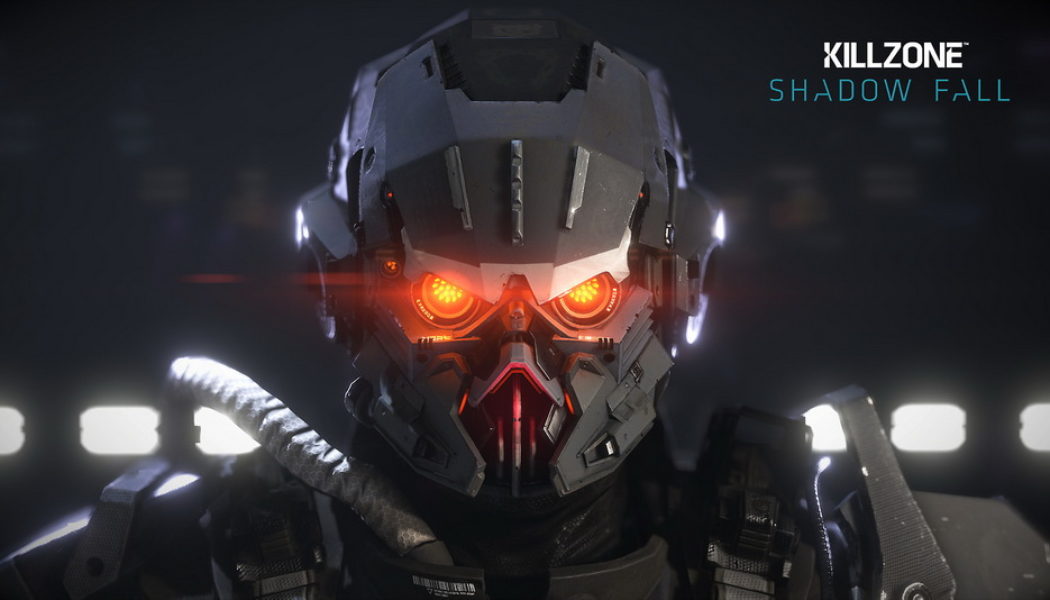Sony Computer Entertainment America has gone onto some bumpy terrain as a lawsuit is headed their way alleging “deceptive marketing” of Killzone: Shadow Fall because the PlayStation 4 game’s multiplayer mode does not run at the resolution it is advertised.
California resident Douglas Ladore filed this suit against the company in the Northern District California court, which alleges that Sony advertised Killzone: Shadow Fall would run at 1080p resolution but “used a technological shortcut that was supposed to provide ‘subjectively similar’ results.”
Eurogamer’s Digital Foundry analyzed Shadow Fall‘s graphics and found that the PS4 game’s multiplayer component runs at 960 by 1080 resolution — as opposed to 1080p resolution — with a “high-quality temporal upscale.”
The lawsuit says that Sony advertisements for the game would offer 1080p graphics. “Unfortunately, Sony’s marketing and on-box representations turned out to be nothing more than fiction”.
In response to the suit, Killzone developer Guerrilla Games posted on its official website to explain its technical solution for Shadow Fall‘s multiplayer graphics.
“In both [single-player] and [multiplayer], Killzone: Shadow Fall outputs a full, unscaled 1080p image at up to 60 [frames per second],” producer Poria Torkan wrote. “Native is often used to indicate images that are not scaled; it is native by that definition.
“In Multiplayer mode, however, we use a technique called ‘temporal reprojection,’ which combines pixels and motion vectors from multiple lower-resolution frames to reconstruct a full 1080p image. If native means that every part of the pipeline is 1080p then this technique is not native.”
Torkan went on to explain how temporal reprojection works.
“When up-scaling an image from one resolution to another, new pixels are added by stretching the image in X/Y dimension,” he said. “The values of the new pixels are picked to lie in between the current values of the pixels. This gives a bigger, but slightly blurrier picture.
“Temporal reprojection is a technique that tracks the position of pixels over time and predicts where they will be in future. These ‘history pixels’ are combined with freshly rendered pixels to form a higher-resolution new frame.”
The lawsuit says that “‘temporal reprojection’ isn’t the ‘native 1080p’ that Sony promised” and Sony hasn’t updated its packaging and marketing to reflect the game’s actual resolution. The amount sought in the suit exceeds $5,000,000.
Source: Polygon


